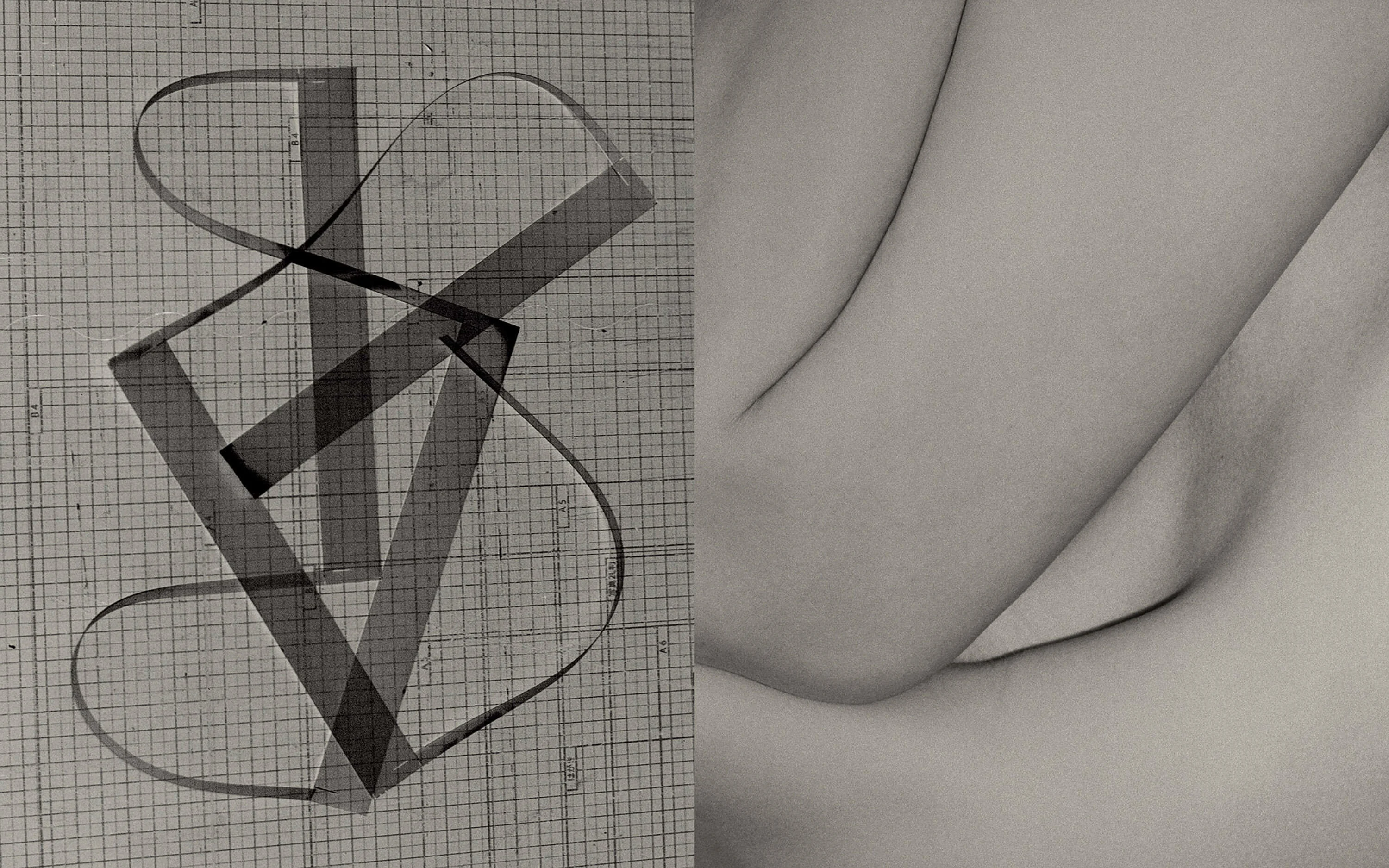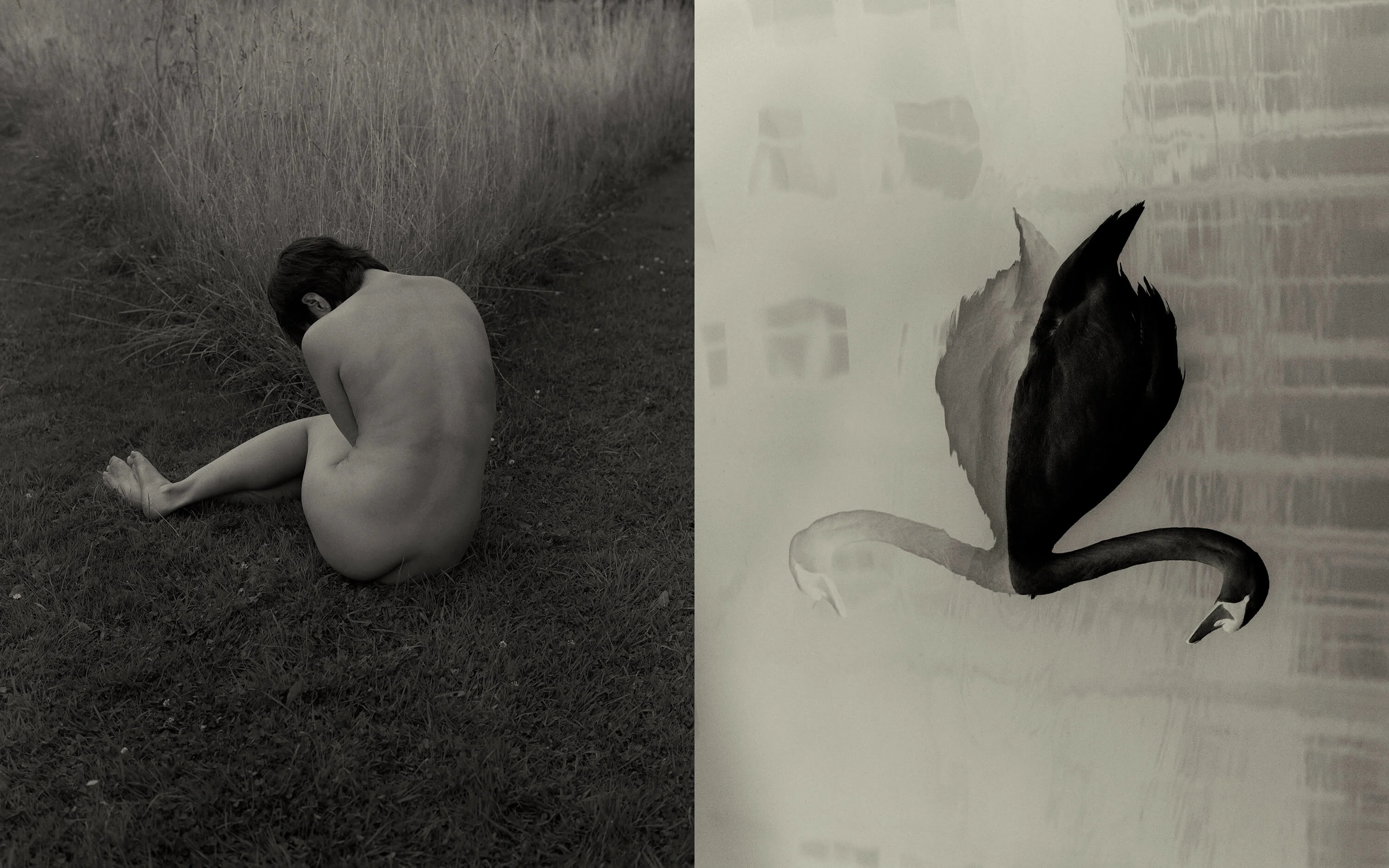

Surrounded by constant news of sickness and death during the pandemic, Japanese photographer Sayuri Ichida found herself reminded of her late mother, whose loss 18 years prior she feels she never fully mourned. She tells Diane Smyth that her project “Absentee” is an attempt to process the sense of isolation she felt as she came to terms with these complex, painful emotions.
“It was surprising to see how photography reflects my emotions,” says Japanese photographer Sayuri Ichida. “This series really mirrors my feelings, my other work doesn’t look like this.” We’re talking about “Absentee,” her series of images of industrial buildings, nature, and her own body, a project that pictures the outside world but somehow manages to convey a somber interior landscape. Ichida shot it during the COVID-19 pandemic and especially during the first lockdown, a time that was difficult for everyone but perhaps particularly surreal for her. Surrounded by constant news of sickness and death, she found herself mourning her mother—who had died 18 years earlier, when Ichida was a late teen.
“When my mother died, I put a cover over my grief,” she explains. “I tried not to think about it. But with the constant negative news during Covid, it was difficult to handle these feelings. They returned.”

Timelessness is the most important part of my work. I always try to be as far as possible from anything fast.
Somehow, she channeled her emotions into her photography, shooting on solitary walks around her local area in New York and then in London, after moving to the UK to take an MA at the University of Westminster. She lived near industrial districts in both cities, areas similar to Japan’s Fukuoka region, where she grew up, and her images pick out architectural details, sharp forms and shapes. Later she added shots of her own body and details from home, the interplay of images signifying her own emotional oscillation between anxiety and calm. But there’s a pervading sense of isolation, evoked by an eerie detachment and anonymity; none of the nudes show her face, and the architectural shots are difficult to identify and geographically hard to place.
“It was an empty time, such a strange time,” Ichida explains. “I think everyone experienced it in that way but also, because I found it so difficult to accept this reality, I retreated into my inner self. I went to a different space in my mind, my self was kind of absent. It’s something that has happened to me before, around the time I lost my mother. My memory is so bad from that period, I really don’t remember it clearly. It’s like I erased the difficult experience I had.”


Many of the outdoor images in “Absentee” were shot at night, and Ichida has printed some of them as negatives, reversing light and shade, and night and day; another negative image shows her own head paired with a near-repeat, creating what looks like a couple kissing.
She includes several similar pairs of images in fact, layering shots that are the same but different, or using mirrors to create doubling; the photographs are also often tight crops, the subject matter so close it’s almost unrecognizable. She approached her own body as if it were a sculpture, she says, as if it wasn’t her body at all.

Ichida photographed “Absentee” in black-and-white, because color felt “too cheerful”; the fact that the photolabs were all closed also influenced her decision, because she could process monochrome film at home. She self-published the project as a book in 2021, working with designer Tomasz Laczny and keeping it small (12.5cmx10cm) to create a sense of intimacy.
She produced Absentee at an incredibly creative time, she says, and it “opened a new door” in her practice; even so, she’s certain the series is finished, a record of a difficult era in both her life and world history. Making it helped her cope, but she no longer feels compelled to work on it, with COVID-19 in retreat and life now normalizing fast. Even so, perhaps one of the most striking things about the series is its timelessness, the images so elusive they could have been shot yesterday, or 50 years ago, or in the 19th century. The title is “Absentee,” but it carries a sense of endurance.


And that’s intriguing because, after graduating from Tokyo Visual Arts College in 2006, Ichida’s first thought was to work in fashion photography; moving to New York, she was well on her way in this industry when, in 2014, she realized it wasn’t for her. “Then I stopped making images at all,” she says. “I got lost because I had left Japan to pursue this dream. I didn’t touch my camera for two years.
“But an old tutor in Japan told me to go back to the starting point, to photograph whatever I felt like,” she adds. “I started shooting the sky and that was pretty fun, so I kept doing it and gradually the body of pictures grew. Then I decided to switch my interests and focus completely on art photography, and now timelessness is the most important part of my work. I always try to have that sense in my images, to be as far as possible from anything fast.”


